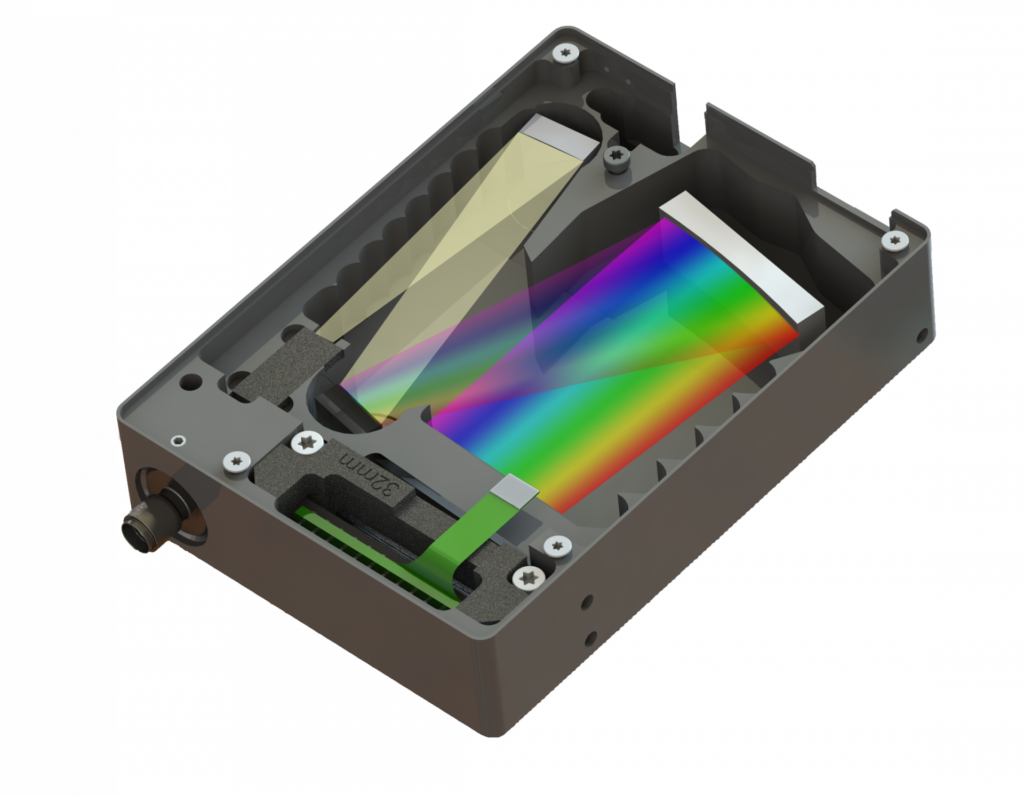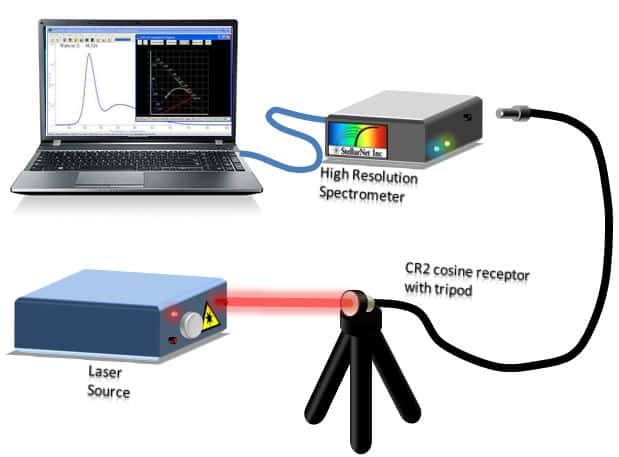Optimize Your Fibre Optic Efficiency: Comprehending Optical Fiber Size Analyser Technology
The performance of fibre optic systems is seriously influenced by the precision of their size, a variable commonly forgot in the pursuit of optimum signal integrity. Recognizing the technology behind optical fibre size analysers reveals the detailed balance between measurement precision and production quality.
Relevance of Optical Fibre Size
The diameter of optical fibre plays a vital duty in establishing the efficiency and efficiency of communication systems. It influences several vital criteria, consisting of the mode of light breeding, attenuation, and bandwidth capacity. Larger diameters usually allow for multiple light modes, facilitating greater data transmission rates. On the other hand, smaller sized diameters often tend to support less settings, which can boost signal clarity and minimize crosstalk.

Furthermore, understanding the diameter's effects can cause set you back savings by minimizing the requirement for signal boosting and repeaters in extensive networks (optical fibre diameter analyser). To conclude, the relevance of optical fibre diameter can not be overstated, as it straight affects the general efficiency and integrity of modern-day interaction systems

How Diameter Affects Signal Quality
Signal top quality in optical fiber systems hinges substantially on the diameter of the fibre. A smaller diameter can lead to higher depletion rates, resulting in signal loss as light travels with the fiber.
On the other hand, larger diameters generally enable for enhanced light capture and lowered modal dispersion, enhancing signal clearness. In multimode fibres, a bigger core diameter can sustain numerous light modes, however it may likewise present intermodal diffusion, which can break down signal quality. For that reason, picking the optimum fiber diameter is vital for achieving the desired performance in specific applications.
Moreover, the communication in between the fibre size and the wavelength of the light used plays an important role in figuring out the reliable transmission distance and total signal stability. Recognizing just how fibre diameter impacts signal high quality is important for network designers and engineers making every effort to enhance optical fibre systems for reliable, high-speed information transmission.
Introduction of Size Analyser Innovation
In numerous optical fiber production procedures, accurate dimension of fibre size is essential for guaranteeing consistent performance and quality (optical fibre diameter analyser). Size analysers are advanced instruments made to evaluate the physical dimensions of optical fibers with high accuracy. They use innovative optical and laser innovations to gauge the size, ovality, and concentricity of the fiber, thus providing important information for quality assurance
These analysers can operate in-line during the production process or as component of off-line screening methods. In-line systems enable real-time surveillance, enabling makers to change criteria quickly, consequently preserving optimum manufacturing problems. Off-line analysers, on the other hand, provide extensive evaluations of batches, making sure that any kind of discrepancies from specified resistances are recognized and addressed.
Size analysers substantially add to the decrease of issues in optical fibers, enhancing general product dependability. By constantly gauging essential specifications, these innovations facilitate conformity with industry standards and specs. As the need browse around this site for high-performance optical fibres remains to rise, the function of diameter analysers comes to be increasingly crucial in achieving the wanted high quality and efficiency standards in fibre optic systems.
Secret Features of Fibre Diameter Analysers
Although numerous models of fibre diameter analysers exist, they generally share a number of key attributes that enhance their capability and reliability. One of the most considerable functions is high-resolution dimension abilities, which make sure precise diameter analyses, vital for maintaining high quality control in fibre production. Additionally, many analysers integrate innovative optical sensing units created to spot minute variants in fibre size, hence providing indispensable data for procedure optimization.
Another important feature is real-time monitoring, enabling operators to receive immediate feedback on fiber size throughout the manufacturing process (optical fibre diameter analyser). This ability promotes rapid More hints changes and decreases the likelihood of problems. Several analysers additionally come geared up with easy to use interfaces, allowing drivers to quickly navigate through information and settings results
In addition, durable data storage and analysis performances are essential for tracking historic efficiency trends and ensuring compliance with market criteria. Some models also supply connection alternatives for integration into existing production control systems, enhancing general functional performance. Lastly, compact and portable designs permit flexible release within manufacturing environments, guaranteeing that quality control processes are smooth and reliable. These attributes jointly contribute to the effectiveness of fibre diameter analysers in enhancing fibre optic efficiency.
Ideal Practices for Fiber Optimization

First, routine calibration of optical fibre diameter analysers is essential. This makes sure precise dimensions and minimizes prospective discrepancies that might affect efficiency. Next off, preserving a tidy working setting is vital; dirt and pollutants can bring about indicate deterioration.
In addition, it is very important to pick fibers that fulfill certain application needs. This entails reviewing elements such as attenuation, bandwidth, and environmental problems. Correct setup techniques need to also be abided by, including preventing sharp bends and too much stress, which can endanger fibre honesty.
Moreover, using advanced monitoring systems can assist in real-time efficiency analyses, making it possible for prompt recognition of issues. Normal screening and maintenance must be performed to guarantee that fibres stay within optimum operational parameters.
Lastly, training employees on the most up to date fiber optimization modern technologies and methodologies will improve their capacity to carry out effective methods. By following these finest techniques, companies can substantially enhance the efficiency and life-span of their optical fibre systems, making sure reliable interaction and information transfer.
Conclusion
In final thought, the assimilation of optical fiber diameter analyser this content technology is critical for maximizing fibre optic efficiency. By making sure precise dimensions of fibre measurements, these analysers significantly improve signal high quality and decrease losses during information transmission. Routine calibration and maintenance of the analysers are important to support optimal efficiency and compliance with industry criteria. Inevitably, the application of this innovation facilitates enhanced information transmission rates and enhances signal honesty, contributing to the total performance of fibre optic systems.
Signal high quality in optical fiber systems pivots dramatically on the size of the fibre.In lots of optical fiber manufacturing procedures, precise dimension of fiber size is vital for ensuring regular performance and top quality. As the need for high-performance optical fibers continues to rise, the function of diameter analysers ends up being progressively vital in accomplishing the desired quality and efficiency requirements in fiber optic systems.
These features collectively contribute to the efficacy of fiber diameter analysers in maximizing fibre optic efficiency.
In conclusion, the combination of optical fiber size analyser modern technology is essential for taking full advantage of fibre optic performance.